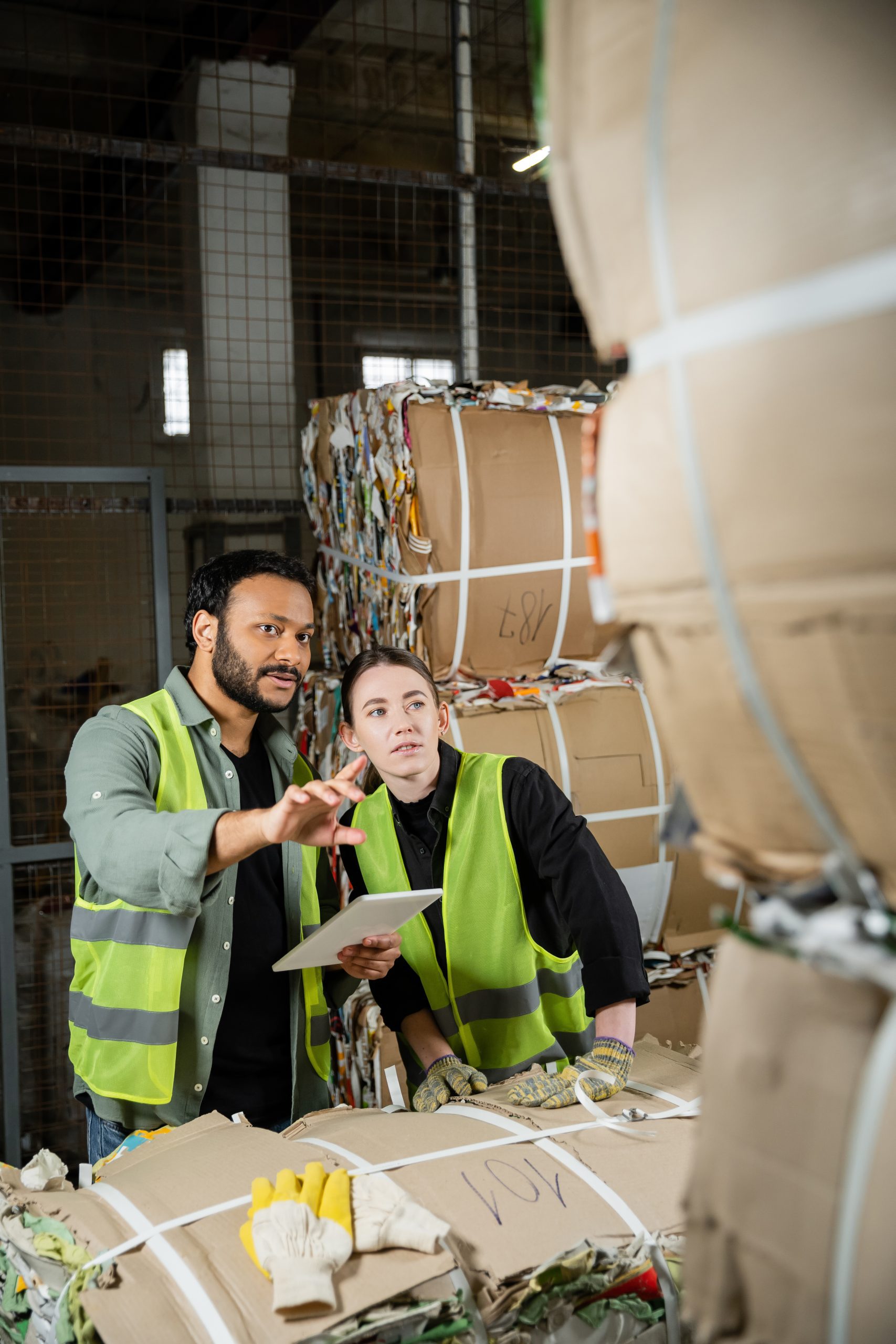
Can Solar Panels Catch Fire? What Businesses and Property Owners Should Know

Why You Should Clean Your Solar Panels Every Year


With a typical company’s supply chain accounting for 80% of its Greenhouse Gas Emissions, the world needs robust supply chains built on sustainability, collaboration, transparency, and supply diversification.
However, with supply chain costs accounting for 50-70% of operating costs, many businesses prioritise financial efficiency over environmental impact.
Finding the balance between profitability and sustainability is a significant challenge.
Thankfully, Jigsaw Business Group understand the technologies and techniques that make introducing cost-effective, sustainable practices achievable.
In this article, we’ll explore innovative strategies for creating sustainable supply chains so you can learn how to reduce your environmental impact while enhancing efficiency and resilience for a greener future.
A sustainable supply chain integrates ethical and environmentally responsible practices into a competitive, successful operation.
Making your supply chain sustainable requires end-to-end transparency, with sustainable initiatives from sourcing raw materials to delivering the final product and beyond.
Other crucial considerations include sustainable design, production, packaging, and recycling.
As customer demand for eco-friendly products rises, introducing sustainable practices can improve your reputation, help you reach environment-impact targets, and save money.
In short, a sustainable supply chain should benefit people, increase profits, and help save the planet.
Discover the benefits of efficient supply chain processes here.

There are several strategies for building sustainable supply chains. Let’s explore some of the primary strategies individually.
Working closely with suppliers is essential to developing sustainable practices, allowing businesses to identify and improve sustainability issues throughout production.
Collaboration also helps reduce carbon emissions, promote ethical sourcing, and improve brand reputation by demonstrating a commitment to an environmentally friendly approach.
For example, Apple’s Supplier Clean Energy Program, launched in 2015, has helped over 200 suppliers transition to 100% renewable electricity.
This initiative has removed almost 14 million tonnes of CO2 from Apple’s supply chain.

Designing eco-friendly products is an excellent way to introduce sustainability to your supply chain. Consider the following options for your product design:
Use sustainable materials: Choose recycled, renewable, or low-impact materials.
Lifecycle optimisation: Design for disassembly and the product’s end-of-life.
Prioritise energy efficiency: Use sustainable power sources and materials.
Reduce resource use: Use lightweight designs when appropriate.
Design for durability: Make long-lasting products.
Avoid pollutive materials: Reject materials that increase pollution.
Use circular design: Keep materials in the economic loop through repurposing and recycling.

Zero Waste to Landfill is an initiative that aims to reduce the amount of waste going to landfills. Although zero waste is the target, not all waste can be otherwise processed and may end up in landfill.
The idea is for companies to significantly reduce their landfill usage, with at least 99% of waste diverted from landfills.
You can work towards this goal by recycling and reusing materials. Companies like Toyota have taken the initiative one step further, introducing on-site biogas generation and water treatment programmes alongside a company-wide waste management campaign.
Their meticulous campaign includes recycling everything from cardboard to cafeteria waste, helping divert over 1.5 million tonnes of waste from landfills.

Digital technology such as the Jigsawsafe™ app allows you to transform working practices for the better and revolutionise your supply chain.
Our cutting-edge technology seamlessly integrates into business operations across a range of sectors. Our clients that use Jigsawsafe™ have seen a significant reduction in costs and carbon emissions, amongst other industry-leading benefits.
To assess your supply chain’s sustainability, you must evaluate its environmental, social, and economic impacts across all production stages.
Consider introducing the following methods:
Supply chain mapping: Identify all tiers of suppliers, including their locations and processes, to understand potential environmental risks.
Supplier engagement: Communicate your expectations to suppliers, assess their practices against sustainability standards, and offer to help them improve.
Data collection: Gather data on environmental metrics through supplier questionnaires, audits, and site visits to track progress.
Circular economy principles: Assess the potential for introducing circular economy practices like product design for reuse and recycling.

A straightforward way to incorporate clear sustainability goals is to follow the SMART method, which recommends that your targets should be:
Specific: Define what you want to achieve, such as reducing waste by a particular amount.
Measurable: Implement metrics to measure progress. For example, tracking waste reduction.
Achievable: Ensure your goals are realistic for your organisation. For instance, aiming for a 30% reduction in waste is feasible with the right technology and team.
Relevant: Your goals must align with your overall business objectives. For example, a goal to eradicate single-use plastics should fit your company’s sustainability vision.
Time-Bound: Set a clear timeline to keep on track. Deadlines motivate teams to ensure that your goals are a priority.

Embracing digital trends will ensure your business is an industry leader in sustainable practices. Key aspects of leveraging technology in supply chain management include the following:
Real-time tracking: Using Internet of Things (IoT) sensors and GPS to monitor the location of goods.
Data analytics: Analysing large datasets to identify patterns, predict demand, and optimise inventory levels.
Machine learning and AI: Employing algorithms to automate decision-making processes and predict future trends to adapt operations proactively.
Blockchain technology: Utilising blockchain for secure and transparent record-keeping of transactions.
Robotics and automation: Implementing robotic systems in warehouses and distribution centres to automate repetitive tasks like picking, packing, and sorting.

Achieving supply chain sustainability is necessary, but not without its difficulties.
Cost implications are a common obstacle for many businesses. Meanwhile, resistance to change and the complexity of managing multiple stakeholders can impact even the most well-thought-out process.
However, by investing in employee training and promoting a culture of sustainability, your business can achieve your ambition of making your supply chain environmentally friendly.
Working with an expert supply chain management consultant like Jigsaw Business Group will help you reach your goals faster.
Contact us to enhance your supply chain sustainability.
We’ll help you incorporate technologies like real-time monitoring systems to track carbon footprints, optimise resources, and make data-driven decisions that reduce costs and environmental impact.
Beyond cost reductions, a green supply chain will also enhance your reputation and attract eco-conscious customers, ensuring long-term profitability.